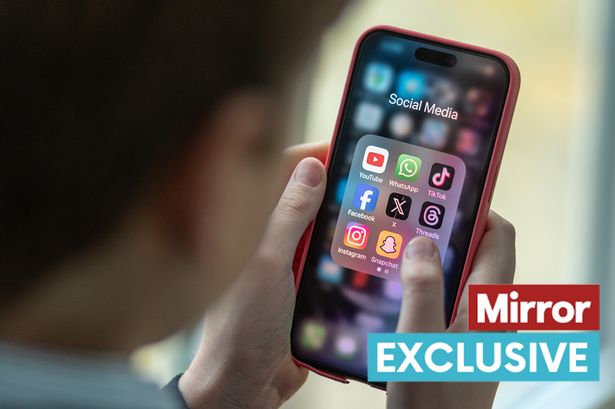The pervasive presence of smartphones in modern society has ignited a fervent debate among parents and experts regarding the potential impact of excessive screen time on adolescent development, particularly on the still-developing teenage brain. This concern is not merely a generational clash over technology; scientific research increasingly points to the tangible and potentially detrimental effects of prolonged exposure to screens on brain structure, function, and overall cognitive and emotional well-being. While the digital age offers undeniable benefits in terms of access to information and connectivity, the potential for negative consequences, especially during the crucial formative years of adolescence, cannot be ignored. The challenge for parents and educators lies in navigating this digital landscape responsibly, striking a balance that maximizes the positive aspects of technology while mitigating its potential harms.
One of the most significant concerns regarding excessive screen time is its impact on attention span and focus. The constant stream of notifications, rapidly changing images, and stimulating content characteristic of many digital platforms trains the brain to crave instant gratification and rapid shifts in focus. This can make it increasingly difficult for teenagers to sustain attention on tasks requiring deeper cognitive engagement, such as reading, studying, or problem-solving. Moreover, the hyper-stimulating nature of screen-based activities can lead to an overproduction of dopamine, a neurotransmitter associated with pleasure and reward. Over time, this can desensitize the brain’s reward system, requiring ever-increasing levels of stimulation to achieve the same level of satisfaction, potentially contributing to addictive behaviors and a decreased ability to find pleasure in less stimulating, but ultimately more rewarding, real-world activities.
Beyond attention deficits, excessive screen time has been linked to a range of other cognitive and emotional challenges. Studies have shown a correlation between heavy screen use and difficulties with memory consolidation, sleep disruption, and increased anxiety and depression. The blue light emitted from screens interferes with melatonin production, a hormone regulating sleep cycles, leading to poor sleep quality and daytime fatigue. Furthermore, the curated and often unrealistic portrayals of life on social media can contribute to negative body image, social comparison, and feelings of inadequacy. Cyberbullying, another potential dark side of the digital world, can have devastating emotional consequences for adolescents, impacting their self-esteem, mental health, and overall well-being.
The physical impact of excessive screen time should not be overlooked either. Prolonged periods spent hunched over devices can lead to neck pain, back problems, and eye strain. A sedentary lifestyle associated with excessive screen use contributes to an increased risk of obesity and related health issues. Furthermore, the constant engagement with digital devices can displace time spent on physical activity, further exacerbating these physical health concerns. Encouraging teenagers to engage in regular physical activity, limit screen time during meals and before bed, and maintain proper posture while using devices are crucial steps in promoting their physical well-being.
Navigating the digital landscape effectively requires a proactive and collaborative approach involving parents, educators, and adolescents themselves. Open communication and education about the potential risks of excessive screen time are essential. Establishing clear guidelines and limits on device usage, particularly during homework time, mealtimes, and before bed, can create a healthier balance. Encouraging alternative activities, such as engaging in hobbies, spending time outdoors, and fostering face-to-face social interactions, can provide teenagers with fulfilling experiences that do not revolve around screens. Parents can also model healthy digital habits themselves, setting an example for their children by limiting their own screen time and prioritizing real-world interactions.
Ultimately, the goal is not to demonize technology but to cultivate a healthy and balanced relationship with it. Technology can be a powerful tool for learning, communication, and creativity, but its benefits can only be realized when used responsibly and in moderation. By fostering open communication, establishing clear boundaries, and promoting a healthy lifestyle that includes physical activity, social interaction, and adequate sleep, parents and educators can empower teenagers to navigate the digital world safely and effectively, maximizing its potential while mitigating its risks. This collaborative effort is crucial in ensuring that the next generation can thrive in an increasingly digital world without sacrificing their cognitive, emotional, and physical well-being.














